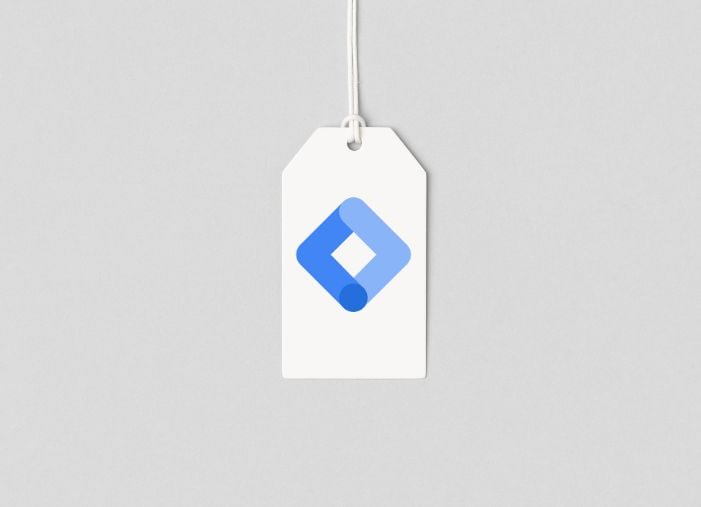You may have heard the big news that WordStream has added call tracking software to its arsenal of PPC tools. This means you can now track the campaigns, keywords, match types, ads, and landing pages that drive inbound calls to your business. Not only that, each call gets recorded, so you can refer back to it for marketing and training purposes.
It’s a pretty freaking sweet feature, and, if you use it, it may change your business.
Let’s assume you already know it’s freaking sweet, you know that inbound calls are worth 5 to 10 times the value of form fill leads, and you’ve got call tracking set up. Now what?
Now you start tracking performance so you know what’s working and what’s not.
You already know the traditional AdWords metrics, including which campaigns, keywords, ads, and landing pages trigger conversions on your site. But when it comes to prospects who pick up the phone and call, the ability to track conversions diminishes quickly unless you use call tracking.
The image below shows a snapshot of the types of data call tracking captures. With this in mind, let’s take a look at five of the most important metrics to monitor with call tracking.
5 Essential Metrics To Use In Call Tracking
Number of calls
Yes, this is pretty obvious: If your business relies on calls, you’re going to monitor this regularly. The great thing about PPC call tracking is that it records the call quantity on a regular basis so you don’t have to manually track inbound calls. You’ll have a deep view of call patterns by the hour, day, week, month, and year.
With PPC call tracking you’ll also have your PPC calls segmented from all other call types. That means you’ll know definitively if a call came from PPC without having to ask the caller (good luck with that), and the data won’t be intertwined with calls from organic or social media calls.
The point is that you can now tie PPC calls to your PPC costs. If phone calls are the lifeblood of your business, you now have a clear view of the true ROI of your campaigns.
Call length
Not all inbound calls are equal. The generally accepted view with call tracking is that long calls are better leads. The thinking goes that a prospect who spends a lot of time talking with a company representative is probably a hot lead – they wouldn’t keep talking if they weren’t still interested.
To help filter which calls are higher-quality leads, call tracking data reports the call length for each call. Call-length data tells you which campaigns, keywords, ads, and landing pages lead to the longest (and likely best) phone calls.
Key point with call length: Establish a minimum call-length threshold that qualifies a call as a lead. Not every single call is a legitimate lead because of the spam-call factor: those annoying auto-generated calls from a robot. In addition, some calls are from actual people but they turn out to be telemarketers who found you by conducting a search, just like anyone else did, and they’re not really leads.
To filter out the illegitimate calls, set a minimum call length as the threshold a call must reach before it’s considered a lead. This could be as short as 30 seconds and as long as a minute, but it really depends on your business’s sales process.
Time of day and location
AdWords Enhanced Campaigns give advertisers the ability to change bids by location, time, and device. Call tracking data gives advertisers another reason to take advantage of this AdWords feature.
Now that you know which calls are converting, you can adjust bids based on the types and quality of calls received from different locations, days, and times.
For example, if the calls you receive on Friday afternoons tend to be non-converters, you could bid down during that time period. Further, you can apply the same logic to the locations where your ads are showing: If you know a particular metro area produces great phone leads, you can increase your bids for that area.
Landing page performance
Most landing pages give visitors two options: a form fill and a phone number. Without call tracking, most PPC advertisers can only gauge landing page success by form fills, which could lead you to believe your conversion rate is (a lot) lower than it is. Now, however, you can tie in phone calls to get a better grasp of landing page performance.
For example, it would be easy to deduce that a landing page with no form fills is a failure, but this is where call tracking comes into play. Call tracking data may reveal that that landing page delivers a high number of quality leads and conversions from phone calls.
Landing page analysis should be approached from different angles. Ask multiple questions about your pages’ performance. For example, ask which landing pages:
- Deliver the most calls
- Produce the best calls, i.e., calls with qualified leads
- Generate the most customers
- Yield the best call conversion rate (just like click conversion rate, except you replace clicks with calls: conversions/calls = call conversion rate.)
Conversions
Conversions are easily the most important metric of all. Take a top-down view of your campaigns and the calls created by each campaign. This includes the keywords, ads, match types, and landing pages.
An inbound call may take as little as a few minutes or as long as a few months to become a customer. Capture that first interaction that PPC produced so when the prospect becomes a customer—in a few minutes or months—you can track it back to that first click and know your return on PPC investment. You’ll also have a better understanding of your sales cycle—the amount of time it takes from initial contact to sealing a deal.
Another comparison to make is phone leads and their conversions versus web leads and their conversions. Track both types of leads to the very end of the sales funnel and learn which type of lead—phone or web—produces the most profitable type of customer. Knowing this will help you make adjustments to both phone and web strategies.
You’ve now got a good idea of what metrics to track with call tracking. For sure there are more complex and advanced metrics to pull in, especially when you throw Universal Analytics into the mix, but these five call tracking metrics are a great place to get started.






